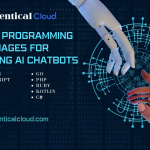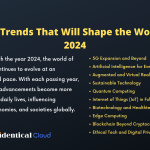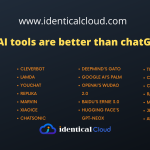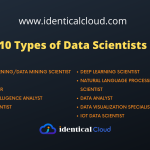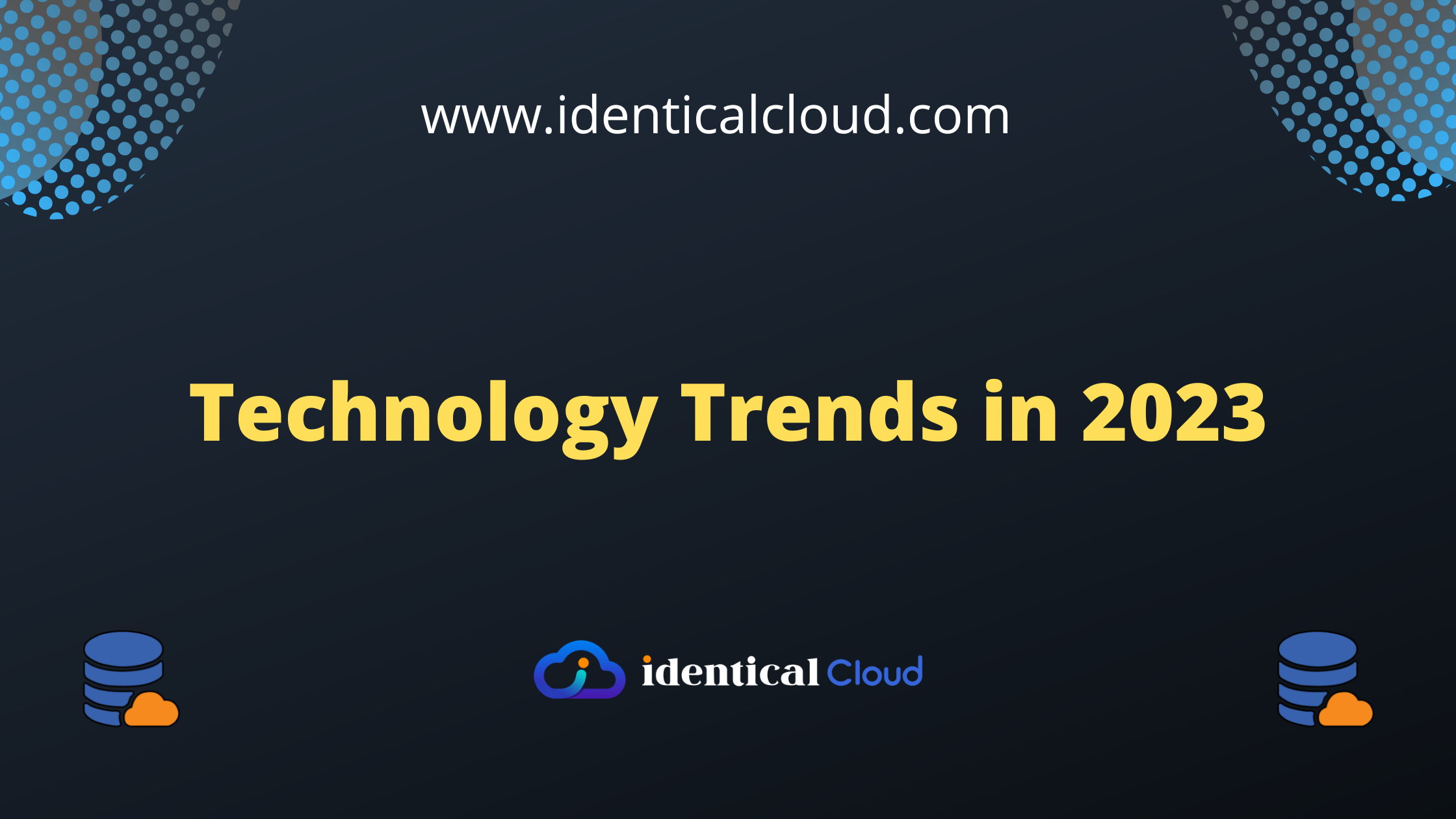
Top 10 new Technology Trends in 2023
What is Technology?
Technology refers to the tools, methods, and processes used to create, produce, and operate products and services. It encompasses a wide range of areas, including electronics, mechanics, materials science, information technology, biotechnology, and many others. Technology can be used to improve existing products and services or to create new ones. The development and use of technology can also help to solve problems, improve efficiency and productivity, and enhance communication and transportation.
Top 10 new Technology Trends in 2023
Artificial Intelligence
The hype for artificial intelligence has been around us for a while now. As someone who works with technology, you may not like how ubiquitous artificial intelligence has become. AI has already shown its superiority in navigation apps, smartphones and more to accomplish creative and mundane tasks. This AI hype is not going to end anytime soon. A growing ecosystem of low-code or no-code AI systems and as-a-service platforms will make this more accessible.
Metaverse
Metaverse At this stage, Metaverse can be described as “a more digital world.” The experience of immersive online environments and next-level user experiences are expected to witness massive growth in the next five years. In simple terms, the word “metaverse” can be described as a profoundly immersive 3D virtual world experience obtained using a combination of AR, VR, and MR technologies. By creating a virtual world where users may play games, interact socially, conduct business, and more.
Blockchain
In the present times, blockchain technology is in demand. The popularity of this technology has grown, and many large organizations are moving in that direction. As a result, the field of blockchain technology requires a large number of developers. The benefits of blockchain include the network’s decentralization, security, and privacy of data. Blockchain applications go well beyond cryptocurrencies like bitcoin. According to Gartner, blockchain’s value will increase quickly, hitting $176 billion by 2025 and $3.1 trillion by 2030.
Quantum Computing
There is currently a global race to create quantum computing at scale. Quantum computing, which uses subatomic particles to develop new ways to process and store data, is expected to make it possible for computers to be a trillion times faster than the fastest regular processors currently available. The risk of quantum computing is that it could render our present encryption techniques ineffective. As a result, any nation that invests heavily in the development of quantum computing will be able to break the encryption employed by other nations, businesses, security systems, and other organizations.
Digital Immune System
The past several years have witnessed an unparalleled focus on risk in both the physical and digital worlds. Cybersecurity concerns are getting more severe as data breaches and other problems get more sophisticated. It’s good that methods for avoiding internet scams, spam, and other annoyances are getting increasingly complex. An efficient digital immune system may significantly reduce operational and security concerns through monitoring, automation, and the most recent design innovations.
Hyperautomation
Hyperautomation is one of the trending technologies today. Hyperautomation enables the automatic completion of repetitive activities without manual or human input. It uses Robotic Process Automation (RPA), machine learning, and artificial intelligence (AI) to alter old and new machinery and processes. An organization can thrive in a more competitive environment by utilizing digital transformation to achieve cost and resource efficiency.
Datafication
Today’s organizations rely heavily on data, transforming industries like accounting and human resources. Datafication is the process of turning all of the objects in our life into digital devices that are powered by data. To summarize, datafication transforms manual, labor-intensive procedures into data-driven technologies. Longer than we can recall, data will be a part of everything from our cell phones to our industrial equipment, office software, and AI-powered devices.
Industry Cloud Platforms
By utilizing industrial cloud platforms, businesses can improve the agility of their workload management. They can speed up changes to compliance processes, data analysis, and business operations. They mix platforms, software, and infrastructure as a service to maximize adaptability, accelerate time to value and suit the needs of vertical industrial sectors. According to Gartner, 40% of respondents have already started using industrial cloud platforms.
Wireless-value Realization
Next-generation wireless will improve connectivity while also assisting in process optimization for increased reliability, cheaper costs, lower risks, and more productivity. The shift to digital transformation will be more seamless if several wireless technologies are combined onto a single infrastructure and utilized. If the technical foundation for future wireless is more accessible, unified, secure, dependable, and scalable, it will require less funding. The new wireless technology will make it easier for the Internet of Things (IoT) trend to collect environmental data.
A Digitally Editable World
We can now change things in the digital world in a way that impacts the physical world, this idea goes beyond merely creating immersive online experiences. As an illustration, think about the employment of digital twins. The Formula 1 racing teams build digital twins of the race cars and test them in computer simulations and virtual wind tunnels. They can then 3D print the parts for the actual car after digitally modifying them till they are optimized.




